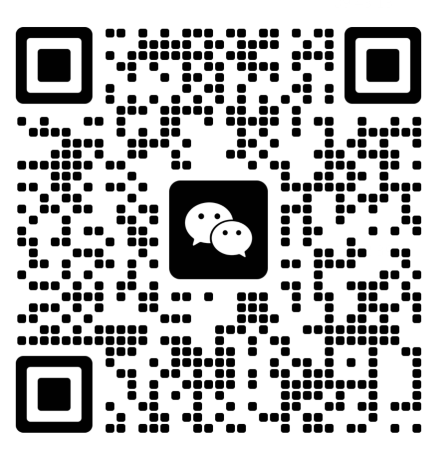 +86 755 2794 4155
+86 755 2794 4155  sales@knownpcb.com
sales@knownpcb.com
-
Shenzhen KNOWNPCB Technology Co., Ltd.
 +86 755 2794 4155
+86 755 2794 4155  sales@knownpcb.com
sales@knownpcb.com
 2024-06-06
2024-06-06
 148
148
The experience given by circuit board manufacturers is to choose components with large volume, multiple pins, and a major role in the circuit, such as integrated circuits, transformers, transistors, etc., as drawing reference components. Then, starting from each pin of the selected reference component, drawing can reduce errors, and error prevention is also important in the manufacturing industry.
2. If component numbers (such as VD870, R330, C466, etc.) are marked on the printed circuit board, due to the specific rules of these numbers, components with the same first Arabic numeral after the English letter belong to the same functional unit. Therefore, they should be cleverly utilized when drawing. Correctly distinguishing the components of the same functional unit is the foundation of drawing layout. There are many methods in the circuit board manufacturing methods of circuit board factories that can be applied to restore the circuit schematic.
3. If the serial number of the component is not marked on the printed circuit board, it is best to number the component yourself for the convenience of analyzing and proofreading the circuit. When circuit board manufacturers design the arrangement of printed circuit board components, in order to minimize the copper foil routing, they generally arrange the components of the same functional unit relatively centrally. After finding the device that plays a core role in a certain unit, simply follow the clues to find other components of the same functional unit.
Based on the experience of circuit board manufacturers, correctly distinguish the ground wire, power wire, and signal wire of printed boards. Taking the power supply circuit as an example, the negative terminal of the rectifier tube connected to the secondary of the power transformer is the positive terminal of the power supply, and there is generally a large capacity filtering capacitor connected to the ground wire. The shell of the capacitor has polarity markings. You can also find the power and ground wires from the three terminal voltage regulator pins. When wiring printed boards, circuit board factories generally set the copper foil for the ground wire to be the widest (high-frequency circuits often have a large area of grounding copper foil), followed by the copper foil for power lines, and the copper foil for signal lines to be the narrowest in order to prevent self-excitation and anti-interference. In addition, in electronic products with both analog and digital circuits, the ground wires on the printed circuit board are often separated to form an independent grounding network, which can also serve as a basis for identification and judgment.

Or call +86 755 2794 4155
Inquiry Now

